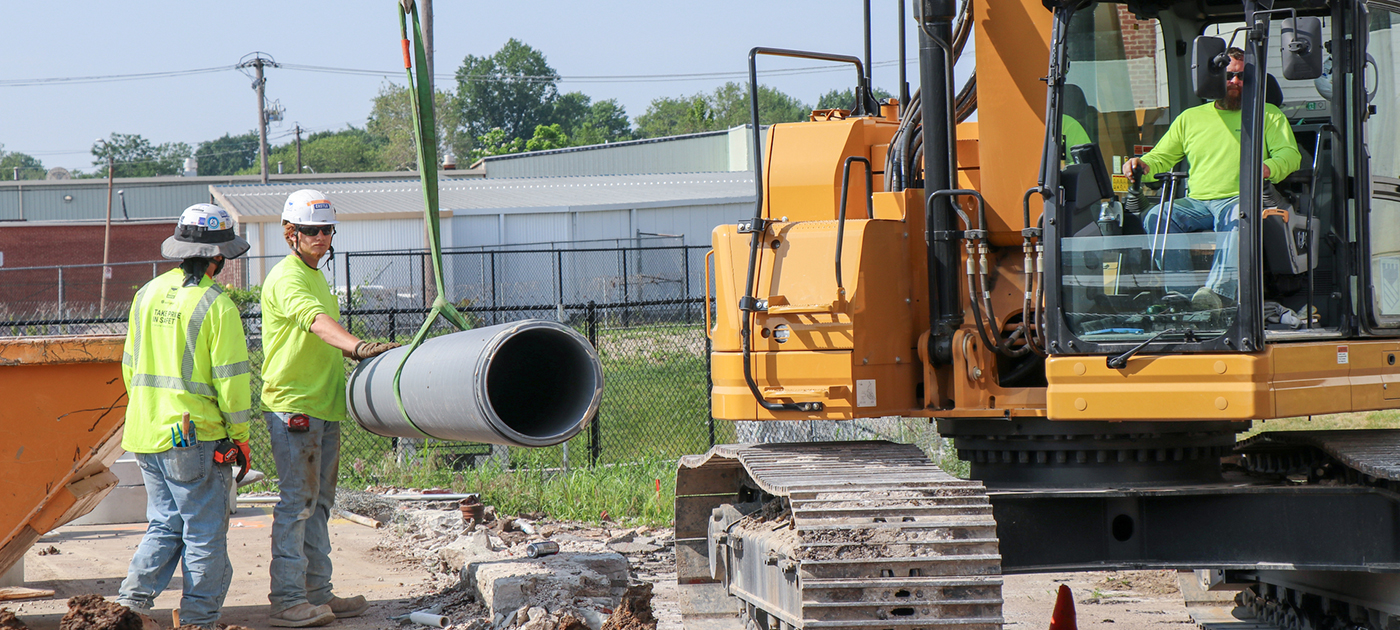Utilities
Communities are dependent upon the infrastructure that supports them, and utilities play an important role in keeping communities functioning safely and efficiently. Utility infrastructure must be updated as it ages, or expanded as it becomes undersized or unable to support the needs of the population it serves. Also, when a new development or building is being planned, utilities must be part of the planning process.
Whether integrating utilities into a new build site or completing site work for a utility-scale solar development or water treatment plant, our expertise in utility installation makes us the perfect partner.
Count on Castle Contracting for underground utility installation and repairs. Find Castle utility contractors near you.
The Proven Utility Contractor for Any Project
Castle has the skills and resources to tackle an array of utility infrastructure projects. We have deep experience in site and utility installation, emergency utility repairs and upgrades and utility lines construction, including:
- Storm and sanitary sewers
- Water and wastewater utilities
- Communication utilities
- Electrical infrastructure
The installation of utilities can result in traffic congestion and impact everyday life. As a full-service underground utility construction company, we reduce the project’s impact on traffic and commerce with thorough planning, efficiency and maintaining open lines of communication. This helps to streamline the process and mitigate surface interruptions. We bring an experienced craft workforce and industry-leading equipment to every project we work on. Whether it’s horizontal directional drilling (HDD), underground utility mapping or another one of our reliable services, we have the tools to get the job done.
Let’s get started. For utility construction services, contact Castle Contracting today.






